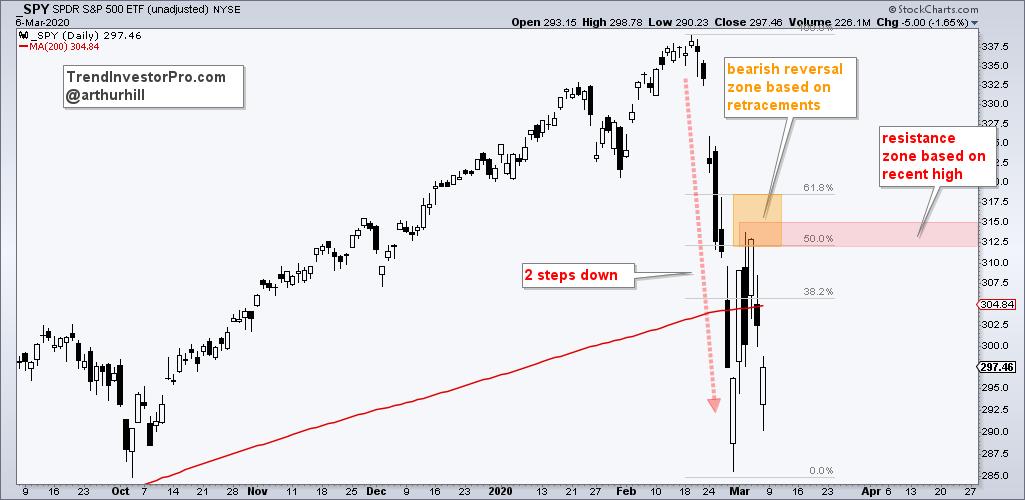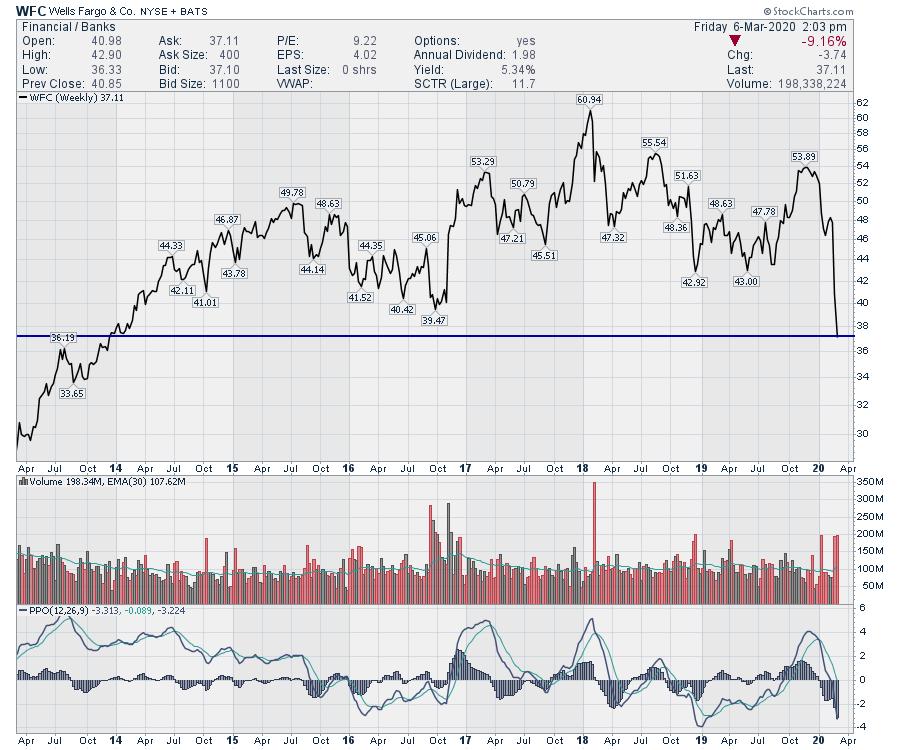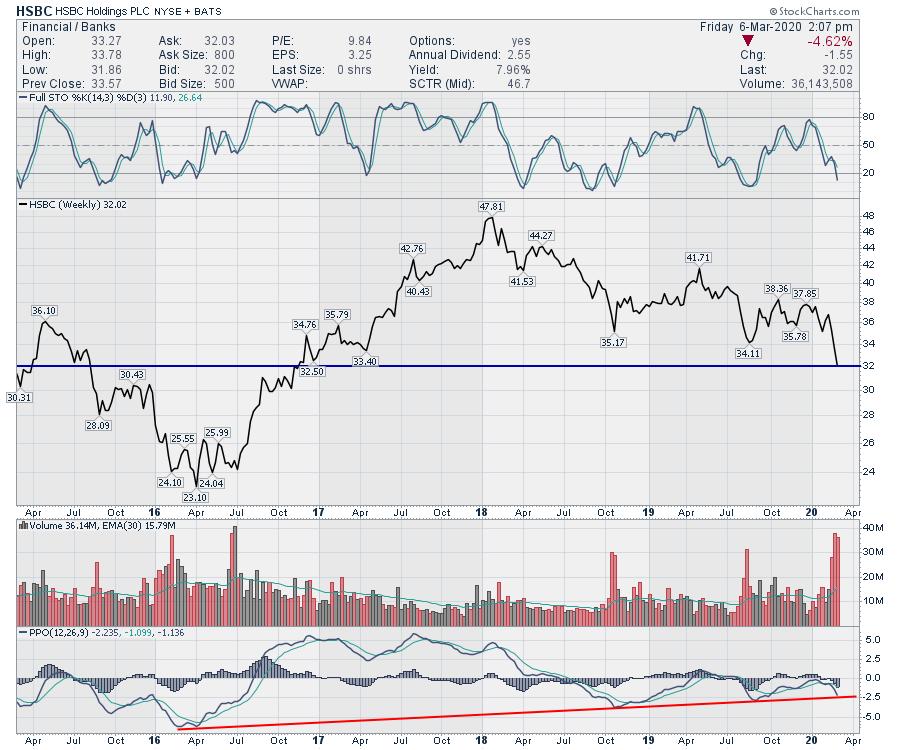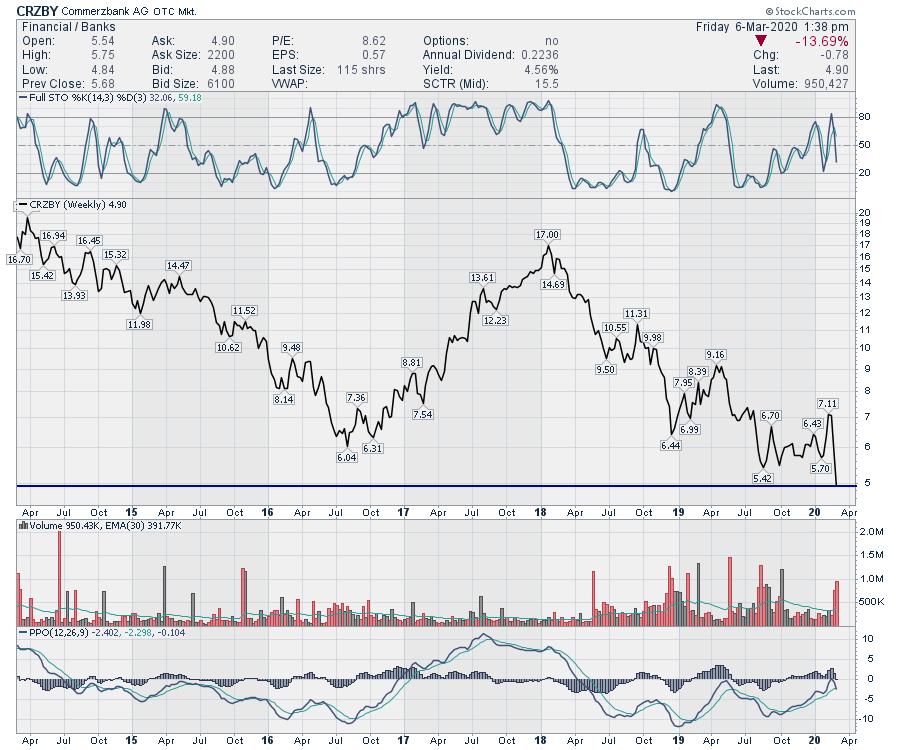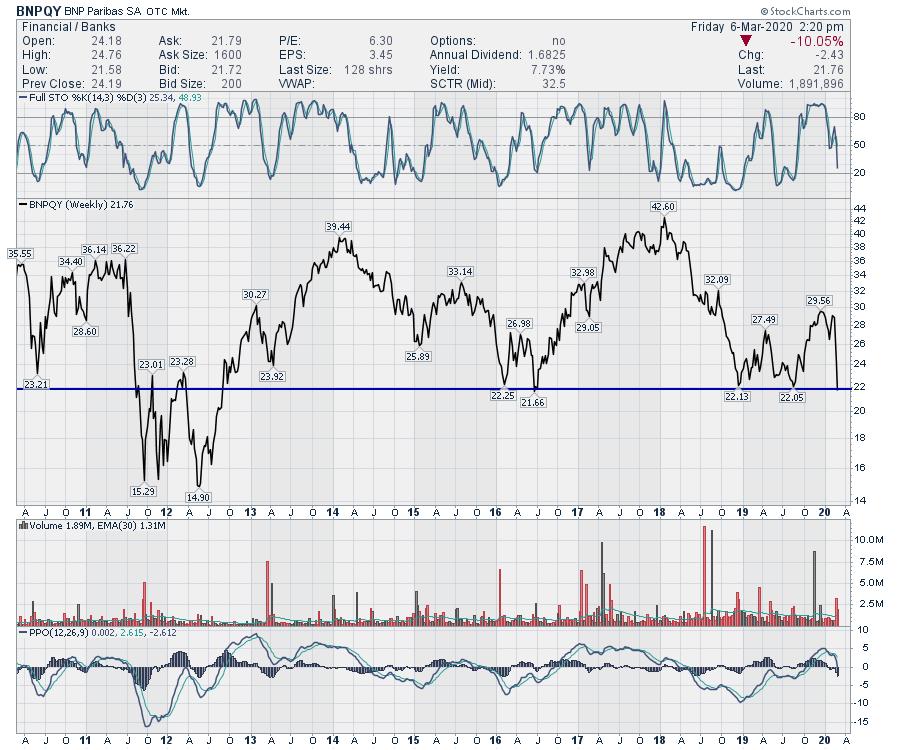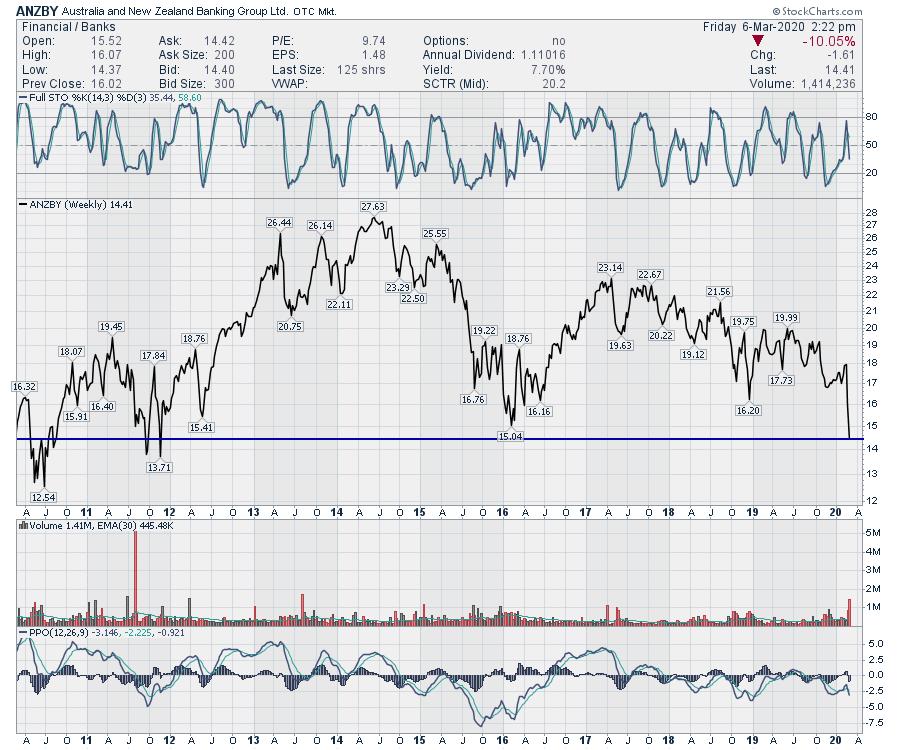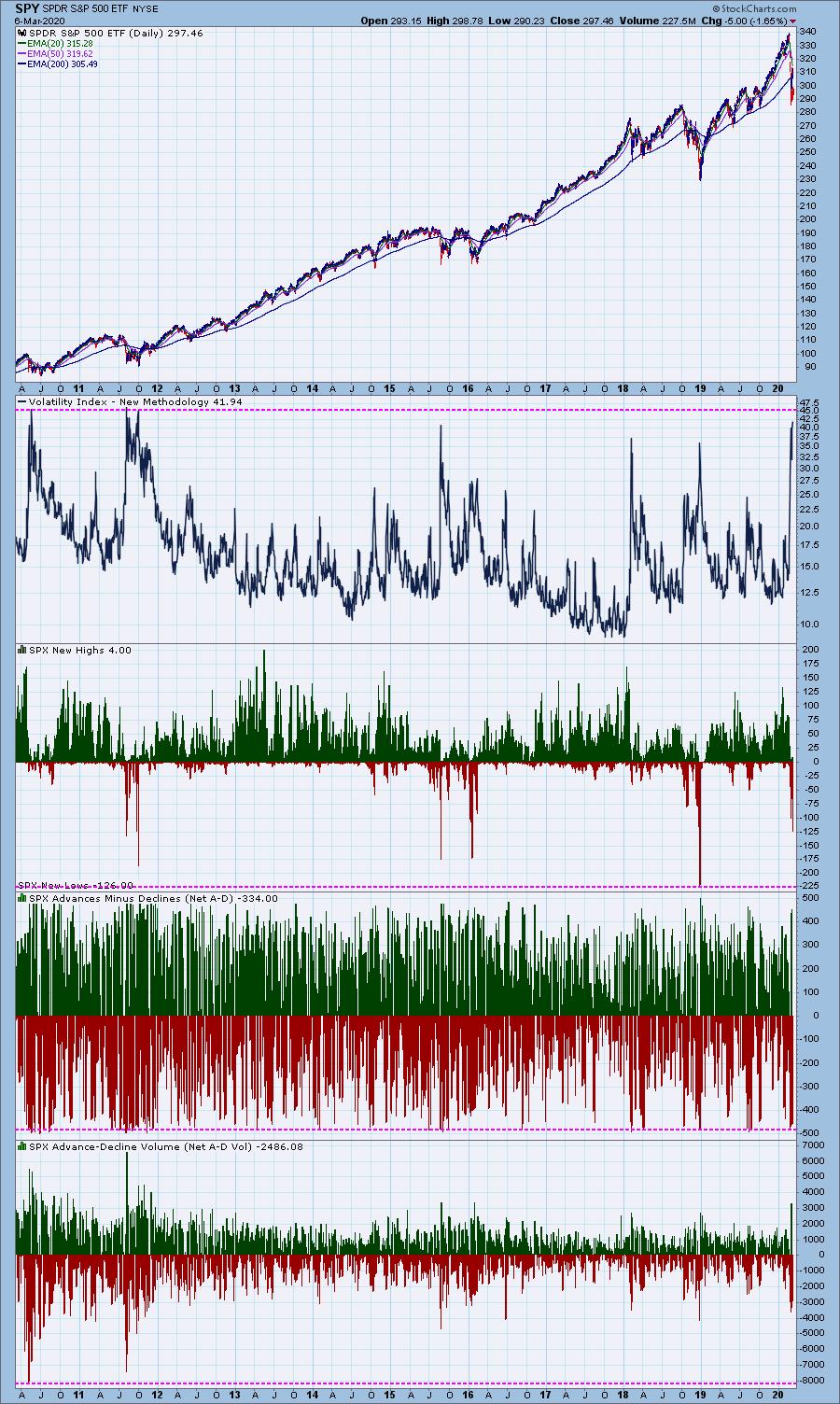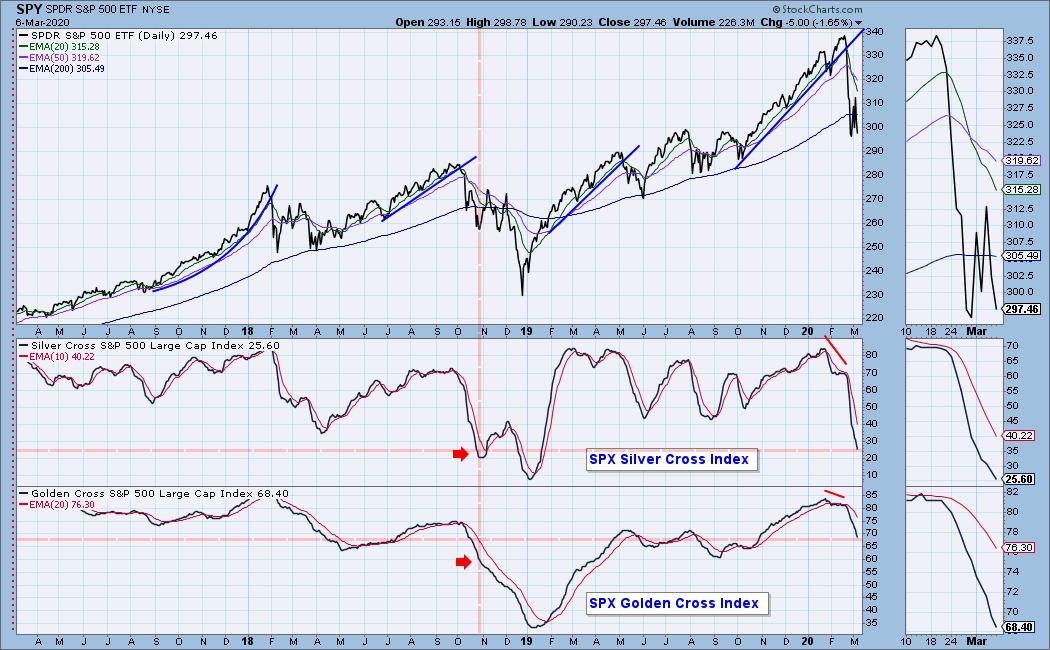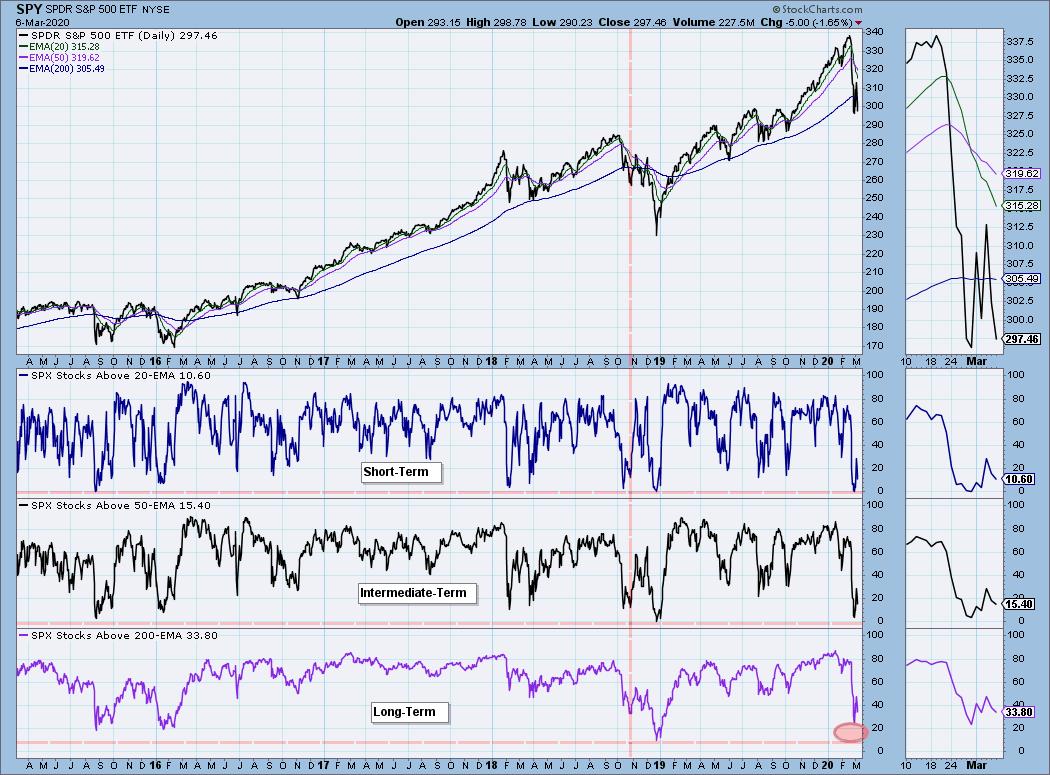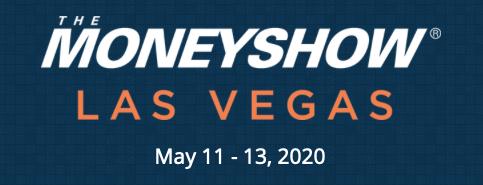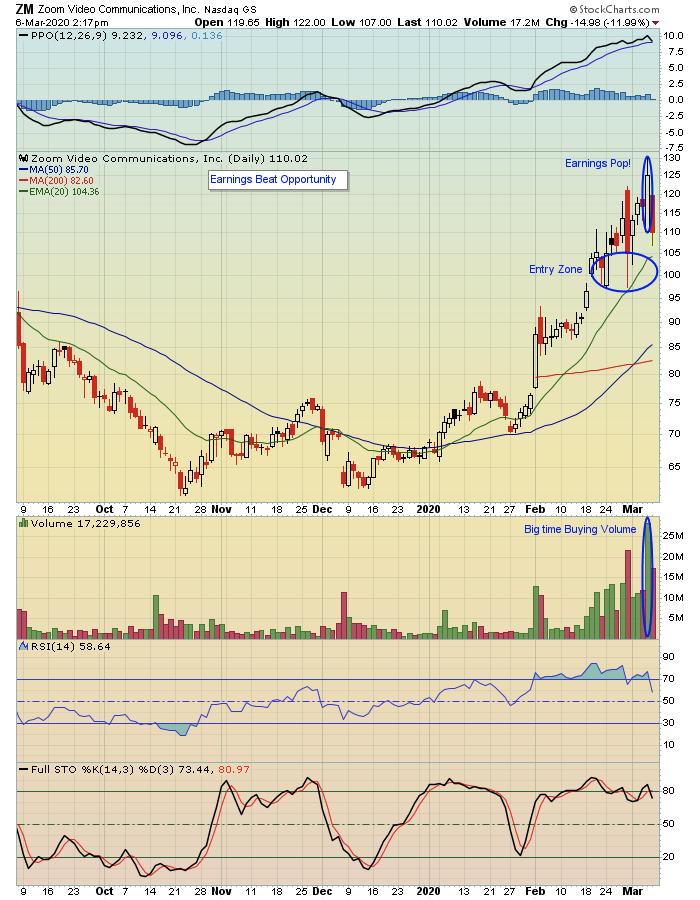
Robots beat us at chess and are driving our cars now too. FinTech is invading Wall Street and Main Street too. To say that robo-analysts and robo-advisors (think Betterment.com) are stock market disruptors is an understatement on so many levels. Even so, we individual investors still have advantages, but what can we learn from the robo-investing universe?
Before we dig into the seismic insights from the Robo Universe, let's first review ourselves — individual investors. Can we become better by understanding what they're better at? The fact is that investing is messy. Why? Because it involves your money and your emotions. You tell yourself that you'll be disciplined, rational and analytic. But because your emotions are a big part of the equation and because human nature is what it is, you suddenly find yourself slipping between being logically disciplined and irrationally impulsive— and back again.
Herein lies the corrosion that seeps into your portfolio management. The thin threshold between what you know you should do versus what you find yourself actually doing. The constant frustration of how quickly you can abandon the rational for the irrational. In the pursuit of your own sensible equilibrium, you consent to pursue the appeals of your emotions and you fail to follow your self-imposed discipline. Successful investing requires in large part building a firewall between these two spheres. Something at which the Robo Universe excels.
Professional money managers have protections specifically structured into their operational arenas. Follow the system or get fired. Individual investors must implement their own firewall and protections which can take years to achieve. Some never do. With all that in mind, let's explore the powerful lessons we can take away from the Robo Universe.
Lesson 1
A recent Indiana University study analyzed over 75,000 robo-analyst reports, and the insights were jaw-dropping. Whereas traditional human analysts issued buys on 47% of the stocks analyzed, robots were more discriminating and issued only 30% buys. Robots were clearly more selective, and it also turns out they had a better hit ratio. This may sound like a dispiriting conclusion, but don't let it be.
Let's consider the sports world. All professional teams these days assemble their rosters using statistical techniques and algorithmic tools. The increased demands of competition have forced teams to raise their level of analysis. Investing is no different. We individual investors must raise our level of analysis too. For me, that means doing a better job of combining fundamentals and technicals. An appropriate example is the new equity summary page on stockcharts.com that has earnings and revenue data for fundamentals. As to technicals, I myself watch relative strength, volume and money flow most closely. The two arenas together — fundamentals and technicals — are what I call "Rational Analysis". It's been my experience that with these tools and scanning engines, we individual investors can outperform the robots.
Lesson 2
The same Indiana University study also looked at the sell side. Where human analysts issued sell recommendations on 6% of stocks, the robots issued sell recommendations on 25% of the same stocks. Intuitively, this is how it should be. Robots are free of emotional baggage. They are disciplined and consistent —thereby free of bias.
The lesson for individual investors is to be "more like a robot" when it comes to selling. A simple rule is to know your "uncle point" (i.e. your selling price) before you enter the trade. Sell on the facts (charts), not on the fundamentals, the projections or the talking heads' opinions. The charts will never lie to you. They are simply a picture of what buyers and sellers are willing to pay.
Focus on what is happening, not why you think something may or may not happen. The lesson for us humans is to recognize that robots aren't susceptible to paralysis from analysis in the way that we might be.
Lesson 3
Robots don't concern themselves with what their peers think. They don't worry about "sexy" equities, personal relationships or hurting someone's feelings — be they clients or corporate executives. Not so easy if you manage other people's money or as an individual investor who might have to explain their positions to family members or cocktail party friends. Aspiring to be a human being with robotic tendencies is not altogether a bad objective.
Lesson 4
Robots can't do personally appropriate estate plans or sophisticated individualized tax planning. This part of the investing arena is and will always be more a nuanced art than just the science of methodology. Technology is fine for data processing, communications and automation, but it has drawbacks in many areas. Don't be fooled into believing that it's better than humans in all situations. If that were true, some robotic algorithm would own the stock market.
Lesson 5
Finally, robots have no patience or intuition. We individual investors are capable of both. We learn from our mistakes, and we can adjust our future behavior based on nuanced exceptions and dynamic conditions. The best most personally appropriate investing solution may still require human judgement, patience and intuition. Investing (especially our own portfolios) is still more art than science.
The bottom line is that the odds of succeeding in today's markets based simply on P/Es and a few rules of thumb are non-existent. Sustainable outperformance as an individual investor is achievable if one is willing to embrace first-rate tools from diverse arenas (such as fundamentals and technicals) and then celebrate this rational combination with disciplined execution.
Trade well; trade with discipline!
- Gatis Roze, MBA, CMT
StockMarketMastery.com
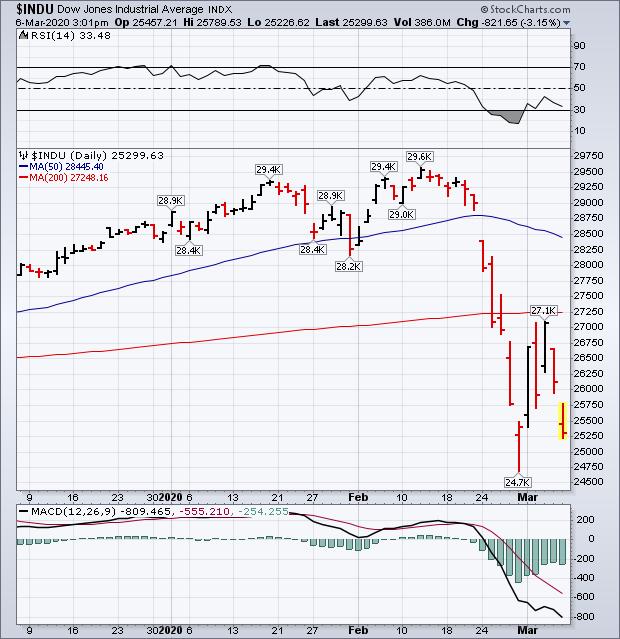
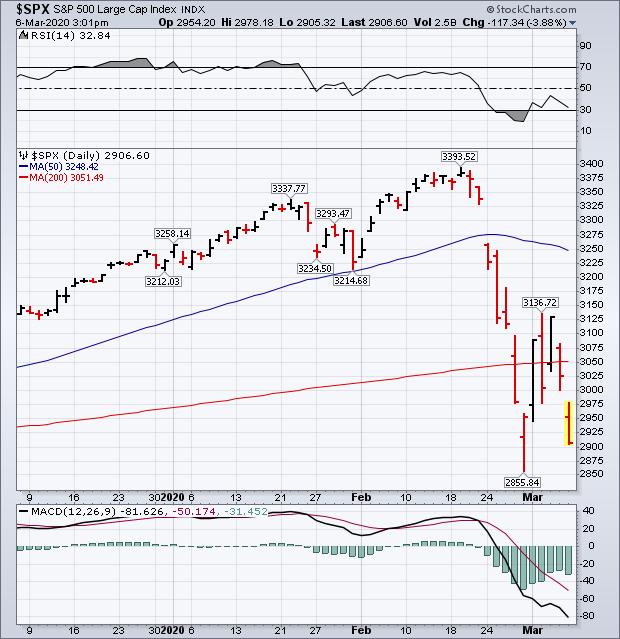
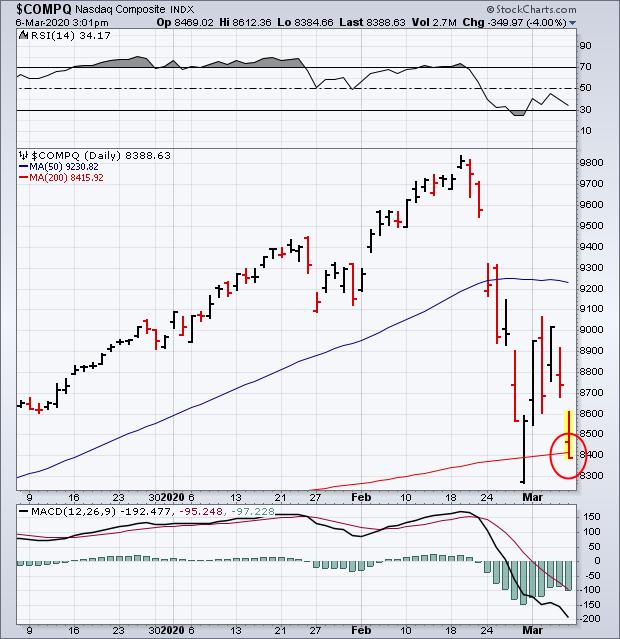

 Support levels and bullish retracement zones are questionable, at best, in bear market environments. Why? Because the path of least resistance is down in a bear market. As such, the odds that a support level holds or a bullish retracement zone leads to a reversal are greatly reduced. The odds favor bearish outcomes and bearish resolutions during bear markets.
Support levels and bullish retracement zones are questionable, at best, in bear market environments. Why? Because the path of least resistance is down in a bear market. As such, the odds that a support level holds or a bullish retracement zone leads to a reversal are greatly reduced. The odds favor bearish outcomes and bearish resolutions during bear markets.
